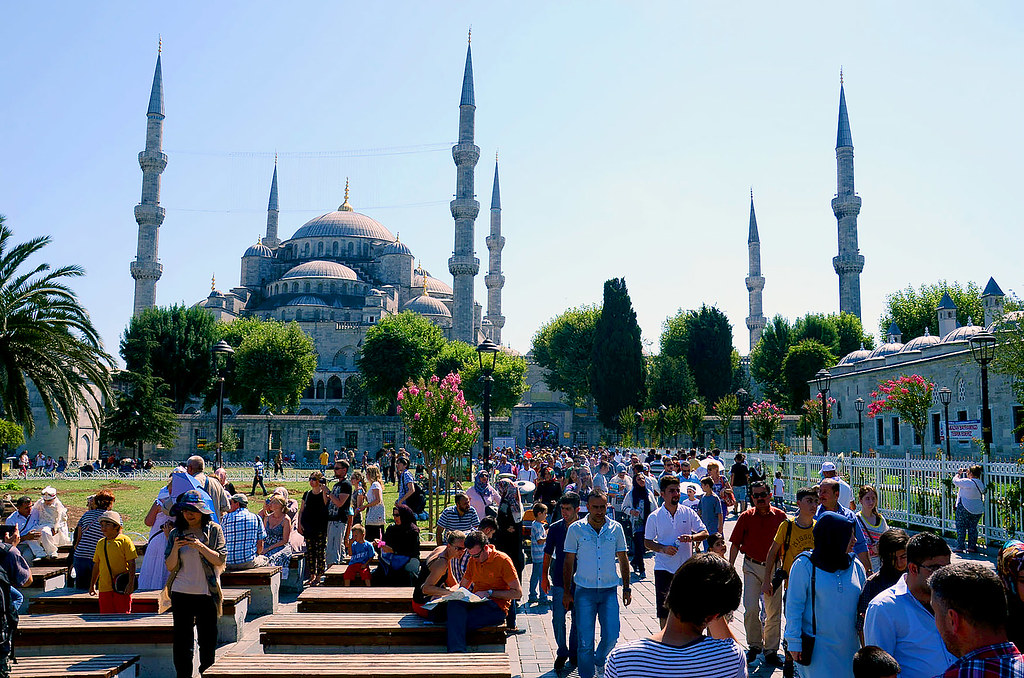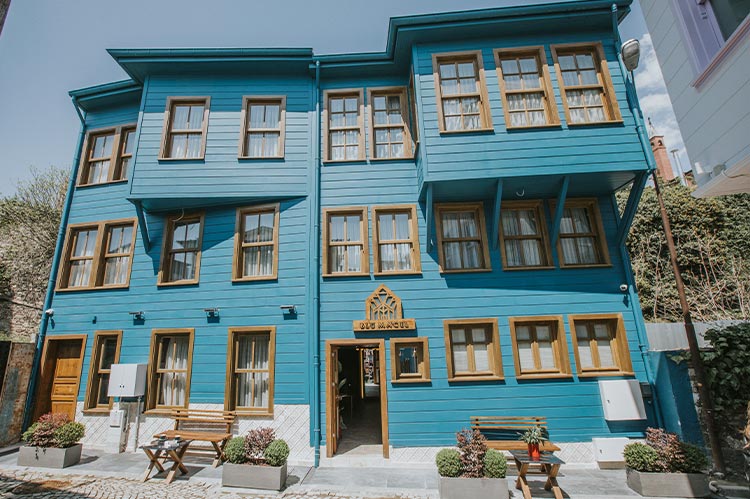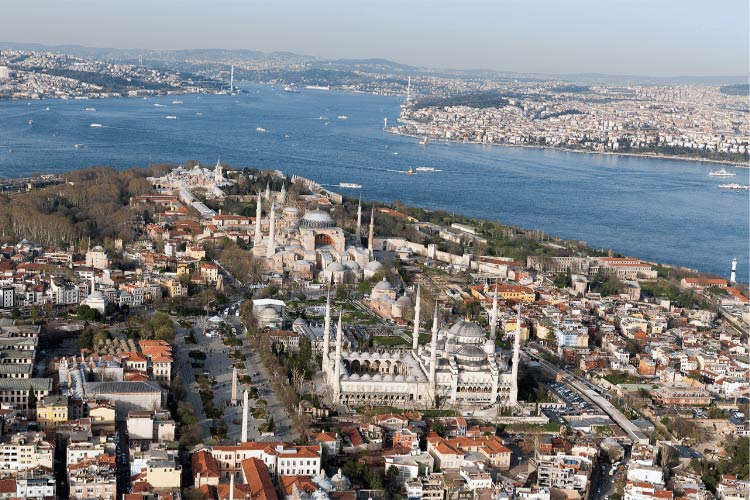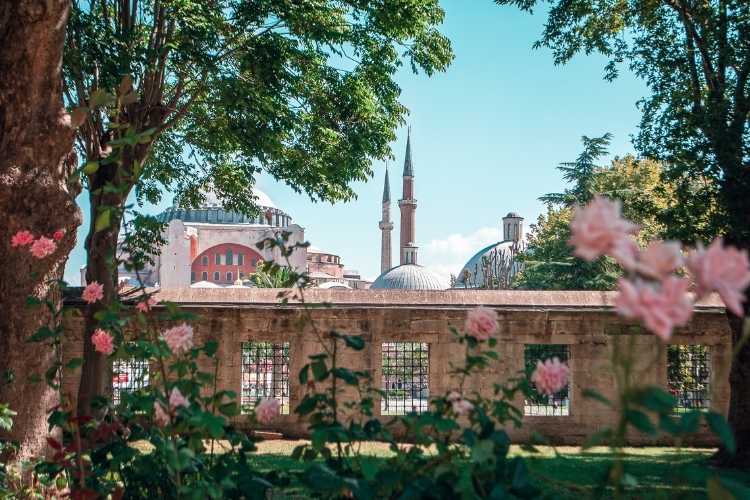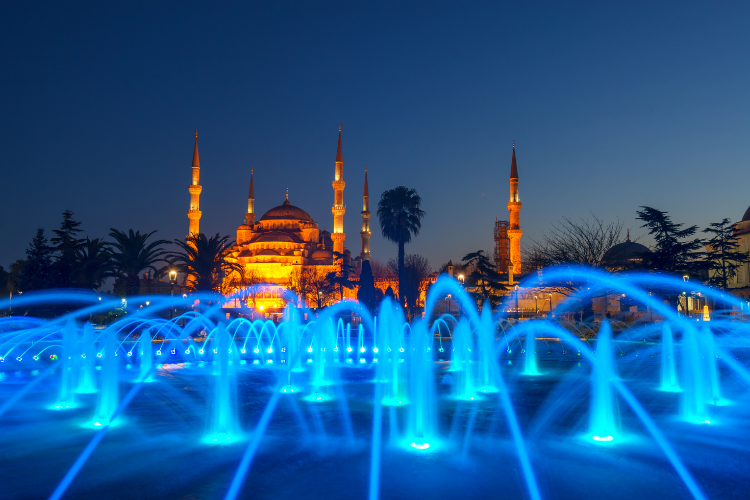
Nestled in the heart of Istanbul, Sultanahmet is a district steeped in history. It’s where ancient empires once flourished, and today, it continues to captivate visitors with its remarkable past.
The story of Sultanahmet is a journey through time, where every corner whispers tales of Byzantine and Ottoman glory. From iconic landmarks like the Hagia Sophia to the grandeur of the Blue Mosque, Sultanahmet stands as a testament to Istanbul’s vibrant history.
The Byzantine Beginnings
Sultanahmet’s history traces back to the Byzantine era, when it was known as Byzantium. This ancient city was later renamed Constantinople by Emperor Constantine the Great, who chose it as the new capital of the Roman Empire in 330 AD. The district became a center of power, culture, and religion, with the Hagia Sophia, originally constructed as a cathedral, symbolizing the might of the Byzantine Empire.
The Rise of the Ottoman Empire
In 1453, Sultanahmet witnessed a monumental shift when the Ottoman Empire, under the leadership of Sultan Mehmed II, conquered Constantinople. This event marked the end of the Byzantine era and the beginning of a new chapter in Sultanahmet’s history. The Ottomans transformed the district, building magnificent structures such as the Blue Mosque (Sultan Ahmed Mosque) and Topkapi Palace. These landmarks not only served as places of worship and governance but also showcased the architectural brilliance and artistic heritage of the Ottomans.
Architectural Marvels of Sultanahmet
Sultanahmet is home to some of the world’s most renowned architectural wonders. The Hagia Sophia, with its massive dome and intricate mosaics, stands as a masterpiece of Byzantine architecture. Its conversion into a mosque following the Ottoman conquest further added to its historical significance. The Blue Mosque, with its six minarets and stunning blue tiles, remains a symbol of Istanbul’s skyline, blending Islamic and Byzantine elements harmoniously.
The Hippodrome: A Window into Ancient Times
Another significant landmark in Sultanahmet is the Hippodrome, an ancient chariot-racing arena that was once the social and sporting hub of Constantinople. Although only a few remnants of the original structure remain today, the site still evokes a sense of grandeur and serves as a reminder of the district’s vibrant past.
Sultanahmet Today: A Living Museum
Today, Sultanahmet is a living museum where history and modernity coexist. The district attracts millions of tourists each year, drawn by its historical sites, bustling bazaars, and vibrant culture. Walking through Sultanahmet is like stepping back in time, with every street and alleyway telling a different part of Istanbul’s story.
The history of Sultanahmet is a rich tapestry woven with the threads of Byzantine and Ottoman legacies. From the majestic Hagia Sophia to the bustling streets that once echoed with the sounds of chariot races, Sultanahmet continues to be a place where the past and present intertwine. Whether you’re a history enthusiast or a curious traveler, Sultanahmet offers a journey through time that leaves a lasting impression.
By incorporating the targeted Google search term "Sultanahmet history," this article not only delves into the fascinating past of this iconic district but also enhances its visibility for those seeking to explore the historical wonders of Istanbul.



